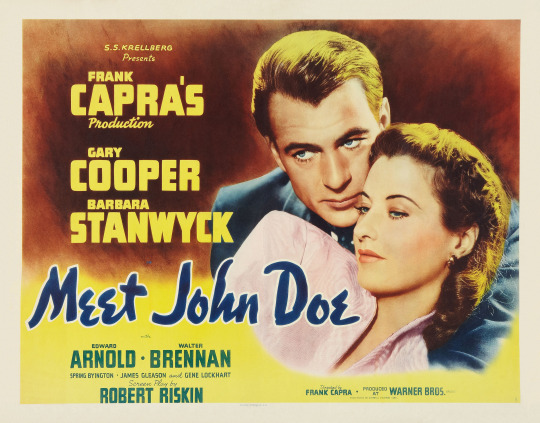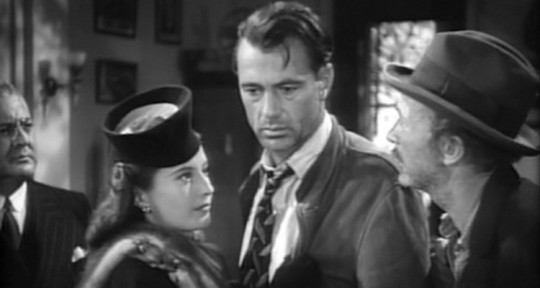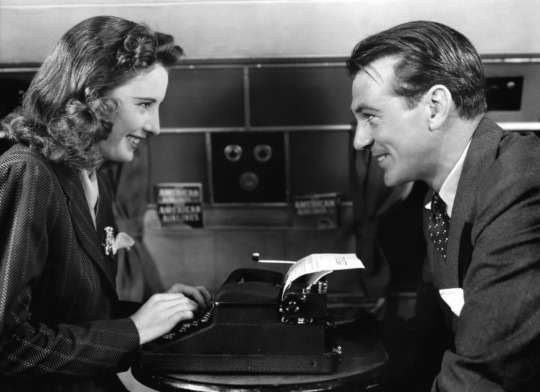#mr smith goes to washington for real not corrupt businessmen
Text
the United States better get its act together and find some candidates better than trump and biden.
if I don't like the nominee, I will write in a name. I will protest -- I will not just accept what is chosen for us. lesser of 2 evils at this point is really -- too far. I will never in a million years vote for trump. at least biden isn't trying to overturn our democracy in order to get himself in power by any means.
#trump has suspiciously similar tactics to russia#repeat a lie long enough and people will believe it#gangster politics#with some pseudo messianic cult-like hijacking of people's grievances#disenfranchising voters by trying to cut through normal procedure#and biden...#how can he keep going#how anyone can be worried about anything bc i don't think he will be able to do much much longer#i mean perhaps we should think about that...#rather than 'crime family#get . idk. some normal people#mr smith goes to washington for real not corrupt businessmen#courage compassion character civility#lets become a nation again#which i'm sorry does include compromise#common ground#believing in actual freedom#not taking some peoples rights away
0 notes
Text
Meet John Doe

Meet John Doe is pretty much everything one can expect from a Frank Capra. At the center, we find a man who preaches togetherness and love. He preaches patriotism and pure Americana from his head to his boxers. He is the type of guy to fly an American flag from the back of his car and step out wearing an American flag t-shirt. Railing against the greedy businessmen who wish to line their pockets above all other pursuits and wring out any wealth they can from the American flag, the man begins to start a movement. However, with a populace easily swayed by confusion, it is only a matter of time before this Jesus-figure is handed a death sentence by Pontius Pilate. A spirited display of social drama and comedy, Frank Capra does not rewrite his playbook in Meet John Doe, but he shows why that playbook was written in the first place and why it was so revered.
The film is mostly about a man named John Willoughby (Gary Cooper). However, it starts off with Ann Mitchell (Barbara Stanwyck). In a last ditch effort to save her job as a journalist after her newspaper is sold, Ann resolves to give the new owners the "fireworks" they desire. Writing a fake letter from a man named "John Doe" in which he states he will kill himself on Christmas Eve by jumping from City Hall due to the corruption in government, Ann unintentionally creates a frenzy. With all officials in an uproar to find John Doe, the newspaper starts to sift through hobos and transients for a man to play John Doe and find it in Willoughby. An American who once played baseball and is now living under a bridge with friend The Colonel (Walter Brennan), Willoughby is hired to play John Doe. What starts as a local uproar and one-off speech given by "John Doe" starts a movement with everybody rallying around Doe's words about tearing down the fences between neighbors and relying upon each individual within the community to live up the community. With "John Doe Clubs" popping up everywhere across the nation, wannabe politician D.B. Norton (Edward Norton) sees an opportunity to propel himself to the Presidency by getting Doe's endorsement for the Presidency. However, having come to believe himself to be Doe and the movement itself, Willoughby refuses and is led to his "crucifix" where he and his movement will be killed by Norton for not bending to his will.

In watching Meet John Doe, it is hard not to compare it thematically and narratively to other works by Capra, namely Mr. Deeds Goes to Town, Mr. Smith Goes to Washington, and State of the Union. In all three, a man is propelled to the public spotlight, preaches togetherness, and rails against the ills of those consumed solely by greed (a theme also present in You Can't Take It With You, sans the part of somebody being forced into the spotlight). In particular, however, demonstrates the same beginnings for this man. Though Mr. Deeds was not a "fake" like John Doe, he was nonetheless a media creation. In that film, Jean Arthur's newspaper lady spun ghastly lies about Deeds to stir up controversy at the expense of Deeds. Here, Barbara Stanwyck's newspaper lady writes political speeches and lies to similar stir up controversy at the expense of those in power. Both, along with State of the Union, demonstrate the power of the media to convince people to believe in a certain person or ideal. No matter whether the news is accurate, it can be bought and sold by those in power to push candidates they wish to push. In the case of State of the Union, a newspaper run by Angela Lansbury opts to push a candidate for the Presidency portrayed by Spencer Tracy. Using all of her muscle to turn this idealistic and "everyman" candidate to becoming a political heavyweight, Lansbury shares a lot in common with Edward Arnold's D.B. Norton in this film. Both create a political fury through their newspapers, threaten to ruin their creation if they do not play along, and seek to gain financially and politically from the fervor they have created out of thin air. With regard to Mr. Smith Goes to Washington, both films depict an idealistic and unassuming man suddenly propelled into becoming the face of a movement. Once at the head, he faces pushback from those afraid of brand of honesty and earnestness, who wish to tear him down by declaring him a fraud and attempting to discredit his movement through any means at their disposal.
The similarity found in all five, however, is what perhaps makes Capra's films so powerful. In their earnestness, the films present a love for America and for the people that few others film do, yet it shows the dark underbelly in equal measure. They can be preachy at times, yes, but they show the profound difference one man can have on a nation begging to be treated with kindness and respect. The powerful have created a world of apathy, of people unwilling to do anything because of the red tape in the way. The men in Capra films cut through this red tape, presenting a man who is just like them and could live down the street from them. He is an honest, salt-of-the-Earth kind of guy who, after some encouragement, believes he can truly make a difference in this world. Though the forces in power try to knock him down - and briefly succeed usually - the man and his movement are too strong to simply crumble at the first sign of criticism. Instead, they remain resolute, build themselves back up again, and rally once more to find for the very heart and soul of this nation and to stand as a beacon of light amidst the darkness of politics.

In regards to just this film, it is often the acting of Meet John Doe that sells its profound and poignant political messaging so well. As the earnest John Willoughby, Gary Cooper cements this as a great performance in the scene in which he gives his first speech. Nervous, stuttering, and awkward, at first, he slowly gains confidence and comes to believe what he says. He comes to revel in the spotlight and not just read the words off the page, but really mean what they say and understand the impact he has on the world. An honest and somewhat naive man, Cooper captures the wholesomeness of John Willoughby perfectly and gives the film a lot of authenticity. As his romantic counterpart, Barbara Stanwyck is equally strong and gives a typically fiery performance. Energetic and the force that pushes John out into the world, Stanwyck's Ann Mitchell is a woman who never takes no for an answer and this resoluteness is matched by Stanwyck's practically stubborn and passionate turn as Mitchell. Together, Cooper and Stanwyck are excellent, particularly in the final scene. Begging John to stay with her in spite of everything that has happened, the stoic Cooper stands there and let's the emotional and passionate Stanwyck to pour her soul out to him. With a quiet understanding between the two, the audience can truly feel the reserved passion between the two that makes the scene work so well. It feels real to them and, as a by-product, it feels real to the audience.
Frank Capra's work is undeniably sentimental. They are films in which he waxes poetic about the world in which he wishes we lived. The fact we do not has no impact on him or the world of the film. He shows the world we live in get resoundingly stamped out by love, understanding, hope, and honesty. The greed and power of those in charge is rapidly dissipated in the face of the will of the people. The by-product is a film that is incredibly powerful and moving in its depiction of this unity in the face of the division in our reality with Capra urging the audience to just believe. In the face of the horrors we see and know to be true, Capra urges us to not be apathetic. The only thing separating our world from being like that of Meet John Doe or one of his other works is our own belief that it cannot occur. This self-fulfilling prophecy is what has led Capra's work to seem so fantastical, naive, and idealistic. The world is cold, cruel, and self-centered, because humanity made it that way. There is no divine mandate for the world to operate in that fashion. In fact, the exact opposite is true. Capra knows this and begs the viewer to open their eyes to the fact that there is only hate in this world because we allowed ourselves to hate something or somebody. It is a revolution that starts with the self - which is perhaps the toughest hurdle to overcome - but it is one that could change the world for the better. Yet, because of the belief that there is no way it could ever happen, the world of Meet John Doe seems like fantasy from a man defined by his sentimentality. In all honesty, this is perhaps what makes Meet John Doe such a moving and tragic watch: it cultivates the world of our dreams, but it is our own disbelief and lack of faith that leads to its demise, not the improbability of it happening because it did happen only for us to stand by as it was torn down.
#1941 movies#1940s movies#film reviews#film analysis#movie reviews#frank capra#gary cooper#barbara stanwyck#edward arnold#walter brennan#spring byington#james gleason#gene lockhart
1 note
·
View note